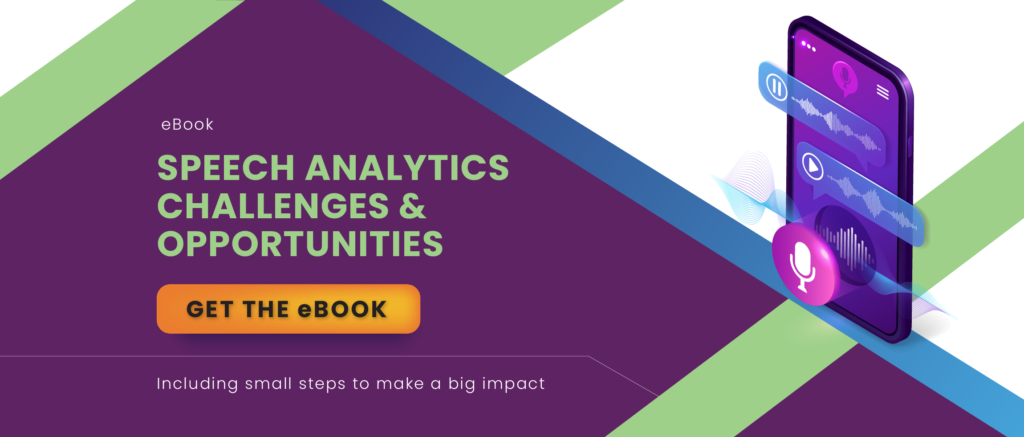What is Call Quality Monitoring, and How Should ARM Businesses Perform It Effectively
- October 20, 2022
- Category: Collections

For any collection business, managing a call center involves looking after multiple moving parts. There are tech stacks you should use to track calls. There are processes you should improve to ensure there are no FDCPA violations. An effective and efficient call quality monitoring process can make a huge and positive difference to the way your call center operates. With call quality monitoring, your team can easily identify problems within their teams, maintain call quality standards and compliance, and improve overall call center performance.
What is call quality monitoring?
Call quality monitoring involves recording agent-consumer interactions, quality checking every stage of these interactions, and analyzing resolutions for improved call handling, consumer experience, and collection rate. To make the process easier, quicker, and more effective, call quality monitoring applications such as Speech Analytics can be incorporated into a call recording system to automate many manual tasks associated with call center QA.
Any type of interactions that your business can record could be used for call center quality monitoring, such as call recordings, call transcripts, agent performance reports, and interaction analysis backed by an advanced speech analytics platform. Each of these data points can offer valuable insights into your team’s performance. By analyzing them, you can make well-informed decisions and improve your collection performance.
Why does your collection business need call quality monitoring?
Call center quality monitoring is one of the most effective ways collection-focused call centers can improve their call handling and FDCPA compliance. It enables you to analyze and capture information derived from agent-consumer interactions. Common benefits of call center quality monitoring include:
One process, dual purpose
Call quality monitoring does a two-fold task. It enables both efficient call quality monitoring and agent performance monitoring. The process lets you assess all calls, not just a random sample, to help you recognize certain agent behaviors or calling etiquette that led to debt collection.
Agent training and coaching
Call quality monitoring provides a detailed picture of agent behaviors, which helps you devise effective training strategies. With the implementation of effective call center quality management in your business and ongoing coaching, QA teams can determine areas for improvement.
KPI tracking
Call quality monitoring empowers you to get hold of the key agent and call center metrics in real time. Measuring agent call quality on these predefined quantitative and quality benchmarks helps your agents follow the right call center etiquettes, stick to the script, don’t miss Mini-Miranda (and other important disclaimers), and deliver a positive consumer experience.
Data-driven decisions
You can track 360-degree view of call quality and ensure that the action items in your call center quality management plan are based on real data and not on anecdotal evidence and subjective observations.
Typical roles in call quality monitoring
Managers, collection agents, and executive management – all have important parts to play in effective call center quality monitoring. With call quality programs in place, they all contribute to obtaining an accurate and fair picture of what is happening in interactions between your agents and consumers– and even spend more time getting to the root causes of WHY.
QA team
The QA team defines what constitutes a “quality” interaction. The same team provides examples to managers of what is the excellent, average, and poor quality of agent performance and behaviors. This gives managers a solid base to work from and outlines performance expectations.
QA team members often score agent calls on configured parameters. They fetch call center quality monitoring scorecards in the form of reports and help managers keep track of agent performance.
Call center managers
Managers or team leads (supervisors) are typically tasked with making sure the relevant insights gained from the call review process are acted on. A good manager or team leader must set and monitor relevant performance benchmarks and metrics for both individual agents and teams.
Agents
Agents are often seen as the subjects of call quality monitoring, but they gain more from the monitoring process if they are encouraged to play a more active role. If you give your agents access to their performance data, they can see it as a powerful tool for self-improvement. When agents can look in detail at their own performance, they have a better idea of where they stand and what they should do to perform better.
Executive management
While their role is more indirect, the board/ executives have a critical role to play in ensuring that call quality monitoring processes align with the overall business objectives. They can oversee the setting of collection targets—which trickle down to individual agents.
The right way to perform call quality monitoring
Listening to a few random calls and tracking them manually only provides you with an incomplete picture. Manual call quality management often catches agents at a bad moment and bypasses many interactions that ended successfully, creating a skewed picture of their performance.
As a result, you tend to fall back on generic training practices. To refine agent behavior and align it with your collection goals, your call center must record and monitor 100% of calls. To achieve this, it is important to invest in call recording and agent-consumer interaction analytics.
With call recording and speech analytics platforms doing the heavy lifting, your agents and managers will no longer need to spend hours on manual call sampling. When combined with SonicView (our call recording platform), ICAP, an advanced speech analytics solution, provides end-to-end call center quality management across the spectrum, with little human intervention. It helps you streamline your agent performance management by monitoring performance dashboards and tracking comprehensive agent scorecards. Using ICAP to listen to calls and identify consumer sentiment (during their interaction with your agents) can further help you drive better processes, agent responses, and call center workflows.








